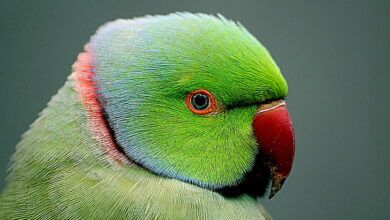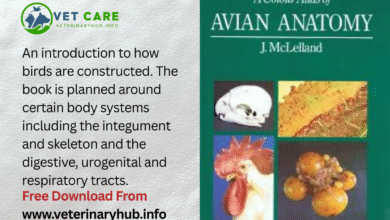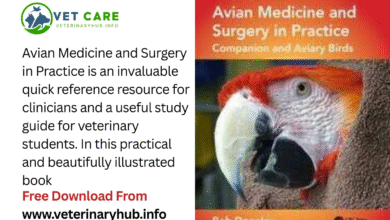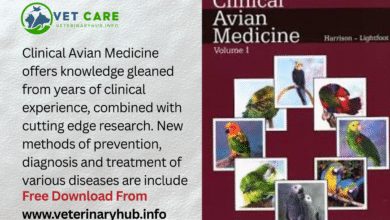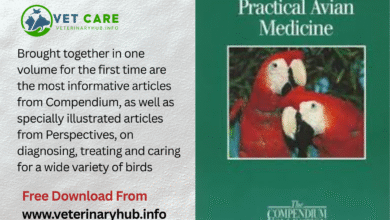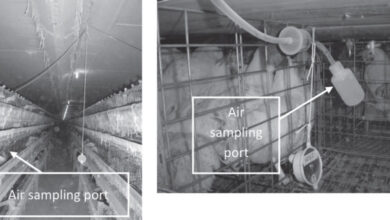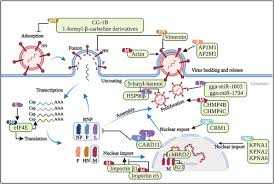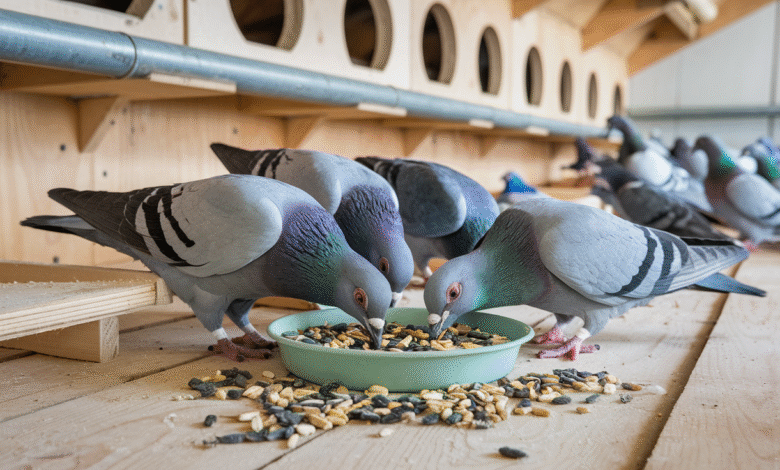
Highlights
- •Sporting competitions involving homing pigeons are highly profitable.
- •Polymorphism in the LRP8 gene significantly influenced flight performance.
- •The LRP8 GT genotype could be useful in the breeding of homing pigeons.
- •The substitution H/Q may alter local structure of LRP8 receptor.
Abstract
Glutathione reductase (GSR) plays a critical role in the prevention of oxidative damage within the cell. Apolipoprotein E receptor 2 (LRP8) participates in a pathway that modulates synaptic plasticity events crucial for learning and memory. The above aspects are very important when homing pigeons participate in sports competitions. The aim of the study was to analyze single nucleotide polymorphisms (SNPs) in the GSR and LRP8 genes in homing pigeons and to evaluate the potential impact of these genotypes on racing performance, as well as their structural consequences for the encoded proteins. The research included a total of 311 young individuals. DNA was extracted from the blood. Genotypes were determined by the ACRS-PCR test designed.
Introduction
Homing pigeons (Columba livia domestica) breeding and sport competition involving them are highly profitable both on the market of services, products, and amateur breeding. Elite birds achieving outstanding sports results are valued in thousands of euros. Homing pigeons are the product of artificial selection based on navigational and spatial ability.observed that homing pigeons are genetically mixed, regardless of their place of origin. Genetic diversity was estimated at a relatively satisfactory level (He = 0.626).
Various competition classifications have been created for pigeon races (short-, medium-, long-, and also marathon distance). Although, there is an individual predisposition to specific types of flights. In young pigeons, the races usually cover a distance of 100–400 km (in Poland, 4–5 competition races), while in the adult pigeons, distance range is 100–1000 km (in Poland, usually 14 competitions). The final ranking of pigeons during the whole season was based on ace points (AP). These points are awarded to the birds that finish a given race (in Poland it is established that 20 % of the starting pigeons win prizes). The pigeon that finishes the race first is awarded 100 AP.
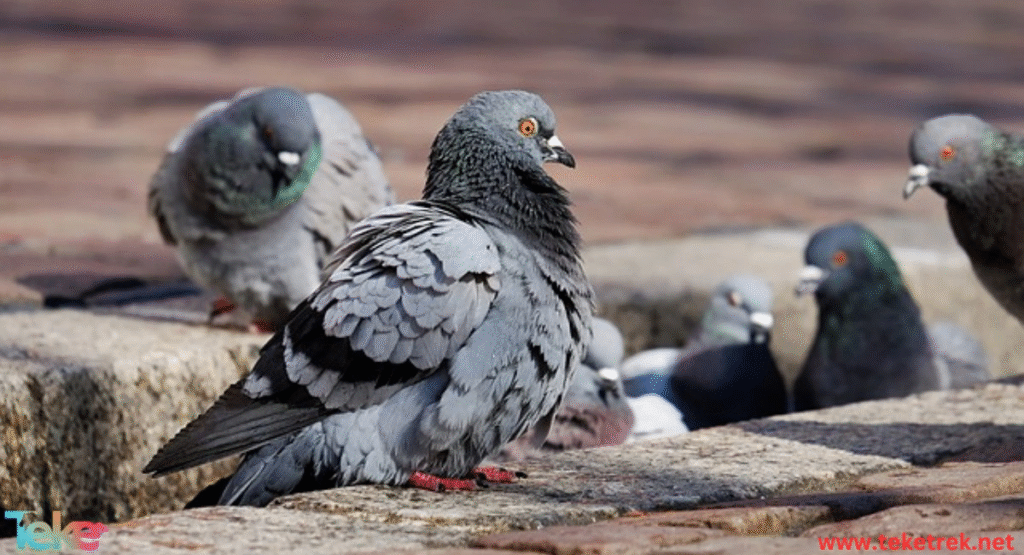
Success in racing depends on a number of features, among which speed and endurance are particularly important, as well as navigation skills as a consequence of learning and memory. Homing pigeons have excellent long-distance homing abilities. Many experimental studies have proven the existence of magnetic orientation in these birds, but their use of magnetic cues has not been definitively explained. Several models have been proposed to explain the mechanism of magnetoreception. One of the most promising seems to be the model based on radical pairs. It assumes that light-sensitive molecules from the flavoprotein group located in the retina, called cryptochromes (CRY), act as magnetosensors.
The ability to return to the nest requires a strong spatial memory system. The hippocampus (Hp) of mammals and the hippocampal formation (HF) of birds play a key role in learning and memory, and removal of this structure impaired the formation of spatial memory. The avian HF is thought to be crucial for memory-based navigation.
In addition to navigation skills, the success of returning to the dovecote is determined by the persistence of the pigeons during a long homing flight, which is associated with enormous effort. Based on observations made in humans, other mammals, and birds, it was found that intense and long-term physical activity may pose a risk of oxidative stress. This is associated with increased production of reactive oxygen and nitrogen species. During exercise, free radicals are formed mainly in skeletal muscles, heart muscle, and blood. Their production should be balanced by the activity of antioxidants. Otherwise, oxidative damage to biomolecules such as proteins, lipids, or nucleic acids may occur.
To predict the performance potential of pigeons in competitions, the genetic determinants of traits associated with homing flight are being extensively studied. This research focuses on identifying associations between specific genes, whose products are directly or indirectly involved in physiological processes critical to avian flight, and corresponding phenotypic traits. Key genes of interest include LDHA, AGLOB, and F-KER.
The GSR encodes a glutathione reductase (EC 1.6.4.2) that is a crucial enzyme in maintaining the redox balance within cells, primarily through its role in catalyzing the reduction of oxidized glutathione (GSSG) to its reduced form (GSH) using NADPH as the electron donor. Beyond its well-established functions in redox regulation, recent studies have proposed a potential role for GSR in magnetoreception, implicating it in the long-distance migratory capabilities of certain avian species. It is especially important in the long-distance flying ability of pigeons. Moreover, the level of GSR gene expression in the retina was higher in homing pigeons than in other breeds. It may be of particular importance in the context of suggestions related to the involvement of the retina was higher in homing pigeons than in other breeds. It may be of particular importance in the context of suggestions related to the involvement of the retina in magnetoreception..
LRP8 interacts with additional ligands, including the Reelin protein, which is critically involved in the induction of long-term potentiation (LTP), a fundamental mechanism underlying learning, memory consolidation, and cognitive functions. The LRP8 is considered evolutionarily ancient, and its function and ligand specificity may vary among vertebrate species. In pigeons, a non-synonymous mutation, c.606G > T, was identified in the LRP8 coding region, which results in a glutamine-histidine substitution (Q202H) in a highly conservative part of the receptor structure. Importantly, significantly higher T allele frequency was observed in the homing pigeon genomes than in non-homing ones. LRP8 expression in the examined brain regions was not significantly different between homing pigeons and non-homing breeds.
Pigeon characteristics
Some characteristics of pigeons:
- Strong homing instinct – Can find their way home over long distances.
- Excellent navigation skills – Use Earth’s magnetic field, sun, and landmarks.
- Plump body shape – Compact body with a short neck and small head.
- Smooth, dense feathers – Often gray with iridescent neck feathers.
- Short, stout beak – Ideal for pecking grains and seeds.
- Monogamous mating – Mate for life and share parenting duties.
- Coos for communication – Known for their soft, rhythmic cooing.
- Fast flyers – Can fly up to 90 km/h (56 mph).
- Wide habitat range – Thrive in cities, rural areas, and wild cliffs.
- Excellent vision – Can see UV light and recognize human faces.
The research included 311 young homing pigeons (144 females and 167 males) that were born between February and April 2012. The pigeons were kept in one dovecote (unified feeding conditions, mineral and vitamin supplementation), located in Poland, in the Kuyavian-Pomeranian Voivodeship. The study included all young pigeons that had completed the racing season.
For further queries….
Discussion
The main attribute of homing pigeons is a strong motivation to return to the dovecote. They are also distinguished by excellent navigation abilities using various types of sensory tools, including magnetoreception. These features, as well as their physical strength and flight endurance, are used by breeders and race organizers. Homing pigeons take part in flight competitions at various distances and in various categories appropriate to the rank of the organized races.
Conclusion
GSR gene on the results obtained by pigeons in competition races. The lack of significance may result from various limitations, mainly the competition races distance (100–400 km). The sample size used for the study may have been insufficient to detect differences between groups of pigeons with different genotypes, and thus the real effect of the analyzed SNP on racing performance.
Protein Function in Homing Pigeons – FAQs
1. Why are proteins important for homing pigeons?
Proteins support muscle strength, endurance, immune health, and tissue repair—vital for long-distance flight.
2. Do proteins affect navigation ability?
Yes. Proteins help maintain brain and nerve function, which are essential for orientation and memory.
3. What proteins are critical in pigeons?
Myoglobin, hemoglobin, and enzymes for energy metabolism are key for flight and stamina.
4. How can diet impact protein function in pigeons?
A balanced diet rich in amino acids improves flight performance, recovery, and immune defense.
5. Should racing pigeons get extra protein?
Yes, during training and racing season, slightly increased protein helps muscle repair and performance.
Need Veterinary Help?
Have questions about animal health, disease treatment, or livestock care? Our expert veterinary team is ready to assist you.
📞 Consult Online: Contact Us
📧 Email: professionaldvm129@gmail.com
🌐 Visit: www.veterinaryhub.info
Your animal’s health is our priority!

